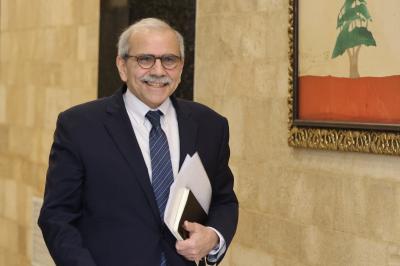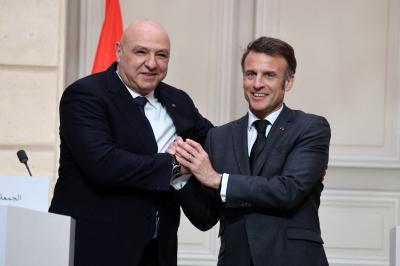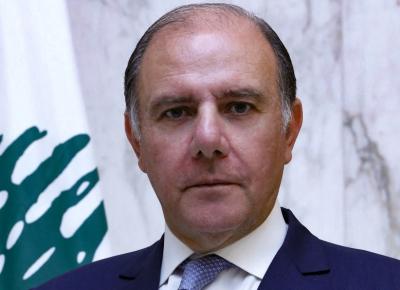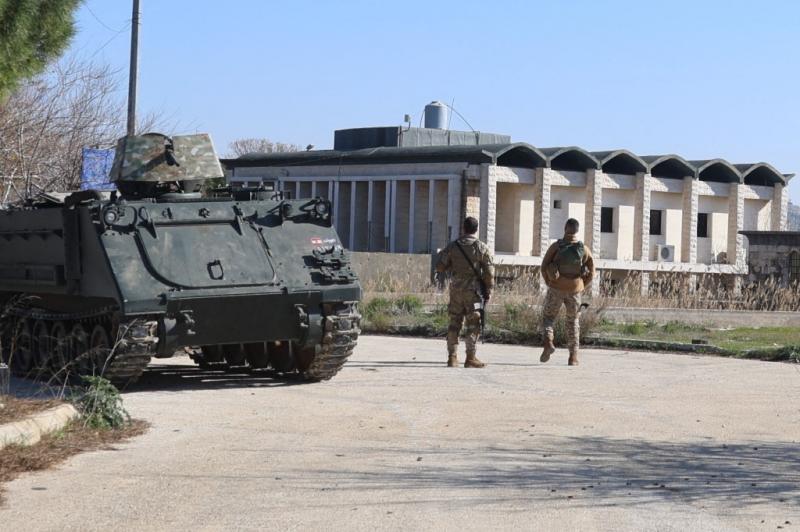Over the past years, depositors have heard a cacophony of promises from all sides about protecting their deposits—yet, they have seen none of their money. Apart from Circular 158 (after its amendment) and Circular 166, which returned a mere fraction of the rightful funds at their real value, previous commitments translated into the erosion of nearly half of depositors' money. Deposits plummeted from $178.6 billion in 2018 to approximately $86 billion at the start of 2025. Meanwhile, nearly $40 billion in Lebanese pound deposits have been reduced to a mere $500 million due to the exchange rate collapse, while at least $12 billion were smuggled abroad at the onset of the crisis. The remaining deposits have been repaid in dollars at a fraction of their real value.
Now, at the dawn of a new administration, promises to protect depositors are being reiterated. But will they finally materialize? Or will they meet the same fate as those before them?
A Presidential Pledge and Government Priorities?
"I pledge to protect depositors' funds without compromise," declared the newly inaugurated President in his oath speech. His words were echoed in the initial draft of the ministerial statement, which emphasized that deposits would be "a top priority" through the development of "a comprehensive plan, by the highest international standards, to safeguard depositors' rights." The government also pledged to negotiate a new program with the International Monetary Fund (IMF).
Flexibility in the Distribution of Losses
When it comes to resolving the deposit crisis, banking officials hold a near-unshakable belief that the IMF will adopt a more flexible—if not lenient—approach to distributing losses within the banking system.
"A clear indication of this shift is the IMF's apparent abandonment of its previous prohibition against using public assets to absorb losses," said a banking source, referencing the inclusion of a deposit recovery fund in the latest government plan. "This suggests that some breakthroughs could be achieved," the source added, although the fund's financing remains ambiguous, relying on loosely defined criteria such as exceeding public revenue benchmarks compared to similar economies, reducing public debt below a target level, maintaining social spending, and ensuring that budget deficits are covered without further reliance on the central bank.
Recognizing the Systemic Nature of the Crisis
According to the same banking source, the crisis must first be acknowledged as systemic for an equitable distribution of losses and the restitution of deposits. The central bank, Banque du Liban (BDL), bears near-total responsibility rather than merely recapitalizing it with $2.5 billion.
"The forensic audit conducted by Alvarez & Marsal has shown that the loss of funds resulted from the central bank's monetary policies," the source noted. "BDL possesses assets exceeding $35 billion, including $10.4 billion in liquid reserves and over $25 billion in gold. These should be returned to depositors."
Furthermore, nearly $20 billion worth of deposits were converted from Lebanese pounds to dollars after 2019. "These must be restored to their real value, with excess interest removed. This approach would resolve over two-thirds of the crisis without resorting to a 'haircut' or unfairly penalizing banks and depositors," the source argued.
A scientifically sound and logical solution could enable the repayment of remaining deposits over just a few years. "Ultimately, restoring confidence is the key to resolving the deposit crisis. If trust is rebuilt, depositors will no longer feel compelled to withdraw more than they need," the source added. Banks must also be allowed to restructure individually, adhering to clear liquidity and solvency ratios within a defined period.
Avoiding Responsibility is Not a Solution
"The banks’ current approach is to shirk responsibility as if they had done nothing wrong, rather than ensuring a fair distribution of losses," said banking expert Nicolas Chikhani.
"They violated a fundamental banking principle that limits foreign currency lending to a single client to no more than 20% of their capital. Yet, they placed most deposits with a single borrower—the central bank—fully aware that the funds were being used to lend to a bankrupt client: the state. This is in addition to the arbitrary and selective transfer of at least $12 billion abroad at the onset of the crisis, their reckless risk-taking, and their failure to rebuild their capital," Chikhani stated.
"For all these reasons, banks must bear responsibility and cover at least 25% of the financial gap, which amounts to approximately $19 billion if the total shortfall is estimated at $76 billion. The rest should be shared between the state and the central bank," he added.
Chikhani stressed the need for deposits to be repaid in their original currency or Lebanese pounds at the market exchange rate. "There is no justification for repaying deposits at a lower rate or distinguishing between 'eligible' and 'non-eligible' funds, as proposed in the previous government plan," he said. "The money supply will expand in all cases, and depositors have already borne the cost of the collapse, losing half of their savings’ value. They are set to lose an additional 20-30% due to inflation and currency depreciation if deposits are repaid in installments over six years. It is unacceptable to burden them with further losses."
What Are the Alternatives to Another Round of Deposit Erosion?
Several serious proposals are on the table, including a draft law submitted by MP Farid Boustani, chairman of the parliamentary Committee on Economy and Trade, which calls for banks, the state, and the central bank to return to financial discipline.
Banks, facing a dual crisis—of liquidity, due to capital flight, and solvency, because all their deposits are held at the central bank—"must dip into their own pockets first," Chikhani emphasized. "If they fail to do so, their downfall is inevitable, as the IMF will not accept a scenario where they escape accountability."
A Future Shrouded in Uncertainty
For now, despite their significance, promises remain vague. What exactly does "restoring deposits according to international standards" mean? Will Lebanon follow a bail-in approach, where depositors and shareholders bear the burden, or a bail-out approach, where the government intervenes? Will Lebanon take cues from Iceland’s post-2008 financial crisis strategy, which was marked by rigorous accountability measures, banking restructuring, and financial sector reorganization? Or will it opt for the U.S. model, which rescued banks and insurance companies through large-scale government intervention?
So far, nothing is clear—except that banks and all stakeholders remain firmly entrenched in their positions. Unless something changes, depositors risk losing their money for the second time.
 French
French













